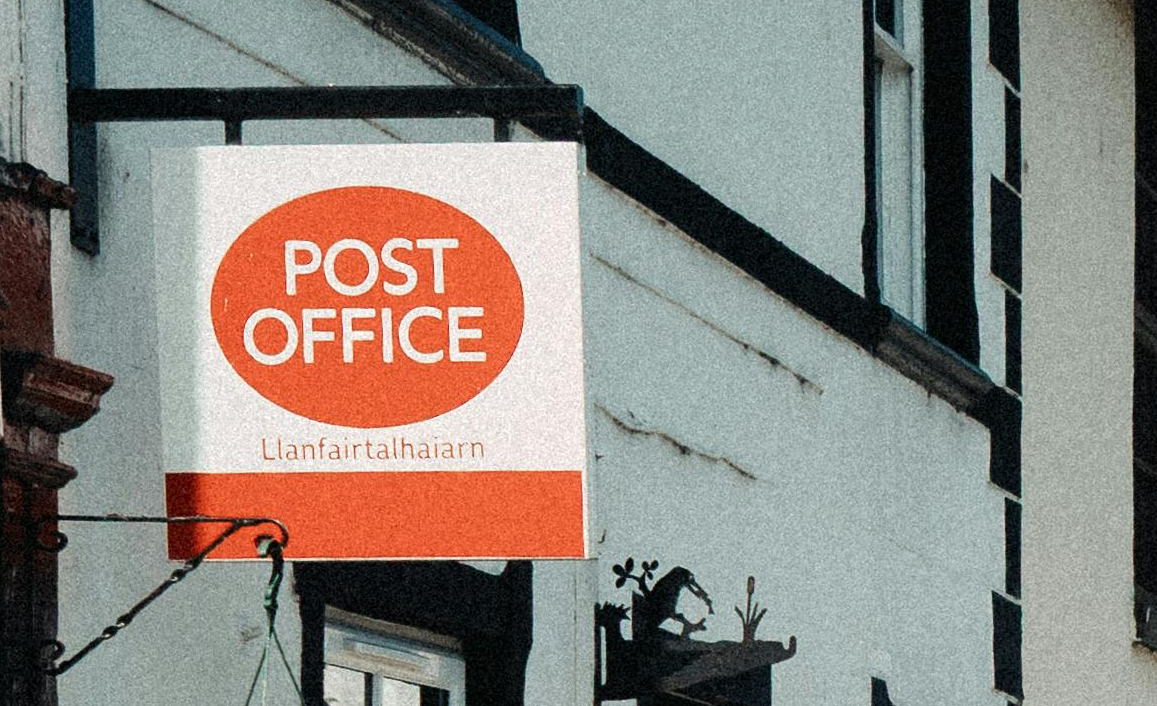Ensuring spaces can be booked by the public and other bodies can bring in revenue and create efficiencies, argues Chris Smith of Kajima
Utilising space that would otherwise be vacant could provide a valuable source of revenue Credit: Flickr
As advances in technology transform the way we think about efficiency, it is crucial that public services do not get left behind. An obvious example is getting the best use out of public facilities – from classrooms, sports venues, and music rooms at schools, to libraries, community centres, and spaces in the healthcare sector. Though most of the fixed costs are already paid to maintain them all year round, they are often vacated out of hours – when they could be valuable to local clubs, businesses, or charities, or even other parts of the public sector.
Utilising the space during ‘downtime’ could potentially be a welcome alternative source of revenue, at a time when spending on public services is coming under intense pressure. This thinking is in line with One Public Estate – the national programme delivered in partnership by the Cabinet Office Government Property Unit and the Local Government Association – which aspires to get more from the public sector’s collective assets. This could include catalysing major service transformation such as health and social care integration, or creating new opportunities to save on running costs or generate income. When it comes to the education sector, for example, our research has found that schools that open their facilities for community use generate average annual revenues of £40,000 – and, in many cases, considerably more.
Related content
- Digital sector set to outpace rest of Scottish economy
- Election 2017: How could an industrial strategy affect public services?
- TechUK: City mayors should commit to making digital the ‘new norm’
While schools are the most obvious example, there are many more facilities that could potentially be opened up. For example, physiotherapists may be able to use GP surgeries out of hours. Libraries could be made available for evening classes. A range of public institutions could hire out their unused parking spaces. And the goal can be much broader than simply raising additional funds; facilities could be opened to support social initiatives and charities at a subsidised rate, perhaps sponsored by local businesses. The key point is not to leave these facilities dormant when they could have clear benefits for the wider community.
Why, then, are they so often underused?
One reason is that while many public organisations are willing to hire out their facilities, they don’t feel they have the resources to handle the administrative challenges, such as organising bookings and handling invoices and payments – especially if they have to devote a person full time to the job. Many are also unsure of how best to market their offering: to broadcast to their local community the types of facilities they have for public use, and the hours that they are available.
Streamlining processes
These are areas in which technology can make a profound difference – to streamline the process and reduce costs that might otherwise seem prohibitive. Manually managing bookings and invoices on a case by case basis can be cumbersome and time-intensive, especially with the potential for cancellations, and can easily result in misunderstandings and missed opportunities. Instead, organisations are increasingly seeking out technological solutions which help to automate the process.
Technology can also be a powerful marketing tool for matching community groups with the facilities that are best for them. At a minimum, institutions which hire out their facilities should have an engaging website, which can be easily found through online searches by smartly implementing search engine optimisation techniques. Effective integration with social media such as Facebook and Twitter is another potent way to drive the people most interested in their facilities towards their websites.
Of course, there are more challenges to opening facilities up to public use than just the administrative and marketing ones. Institutions need to ensure they fulfil all their legal responsibilities, such as having up-to-date insurance and other relevant documentation. They also need to ensure their facilities are properly maintained by the groups they’re hired out to. Some elements of these can also be arranged through the online booking process – for example, by making every user sign a code of conduct as a condition of using the facilities. Others will require an initial investment of resources, and perhaps in-person supervision.
But technology has made these challenges more surmountable than ever. There is a growing market that is proactively searching for space in which to meet and entertain. Public institutions should take heed of the opportunities, both for the benefit of themselves and the broader community that could benefit from the use of their facilities.
Chris Smith is head of community at BookingsPlus, Kajima



